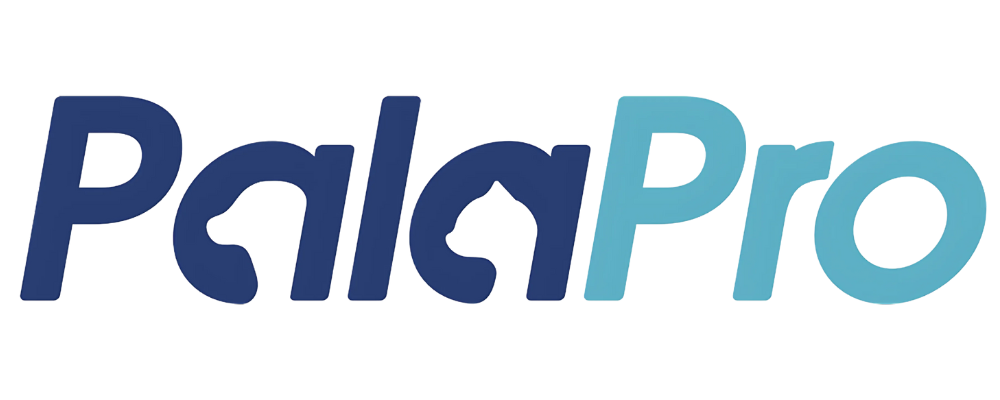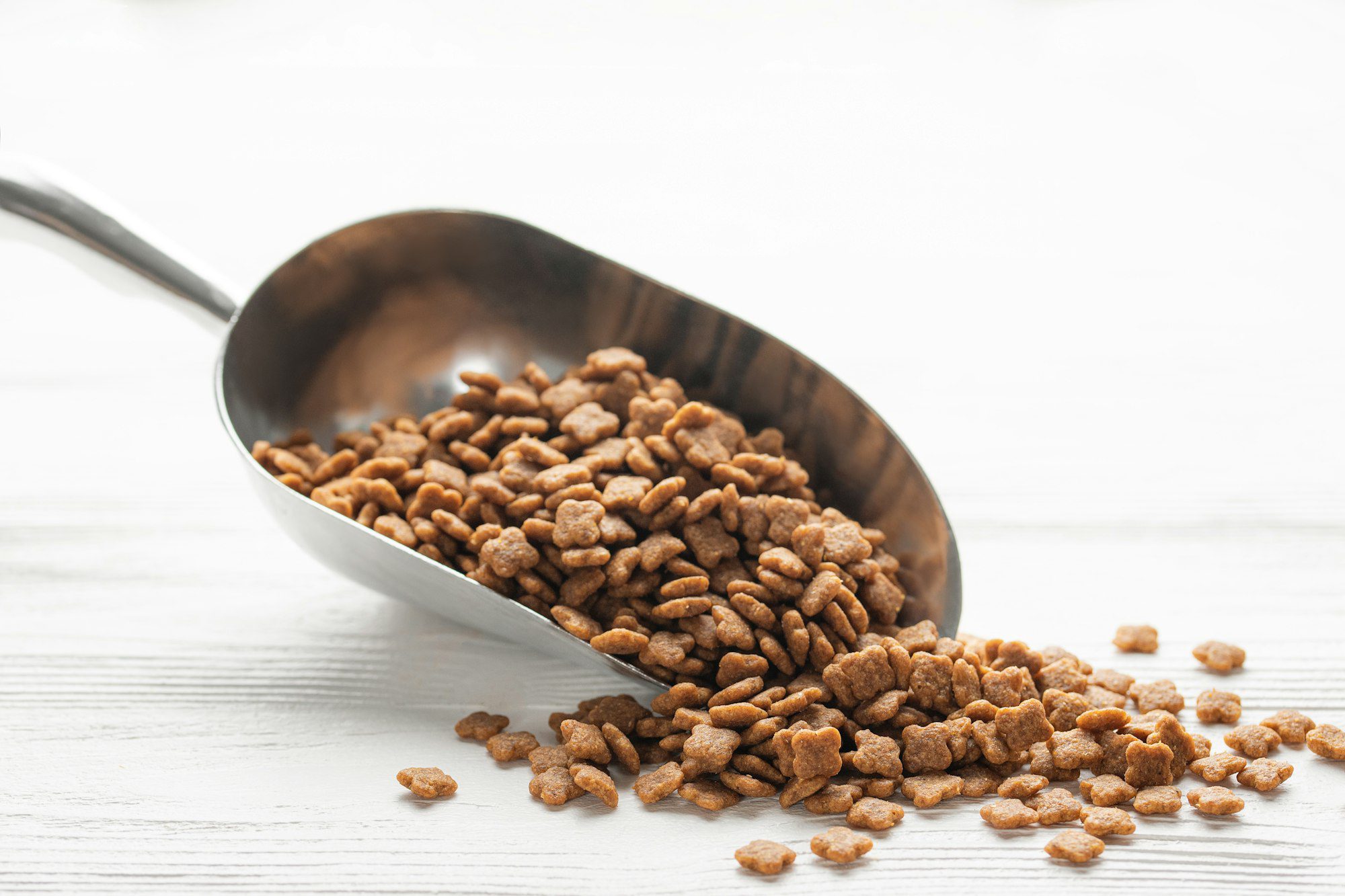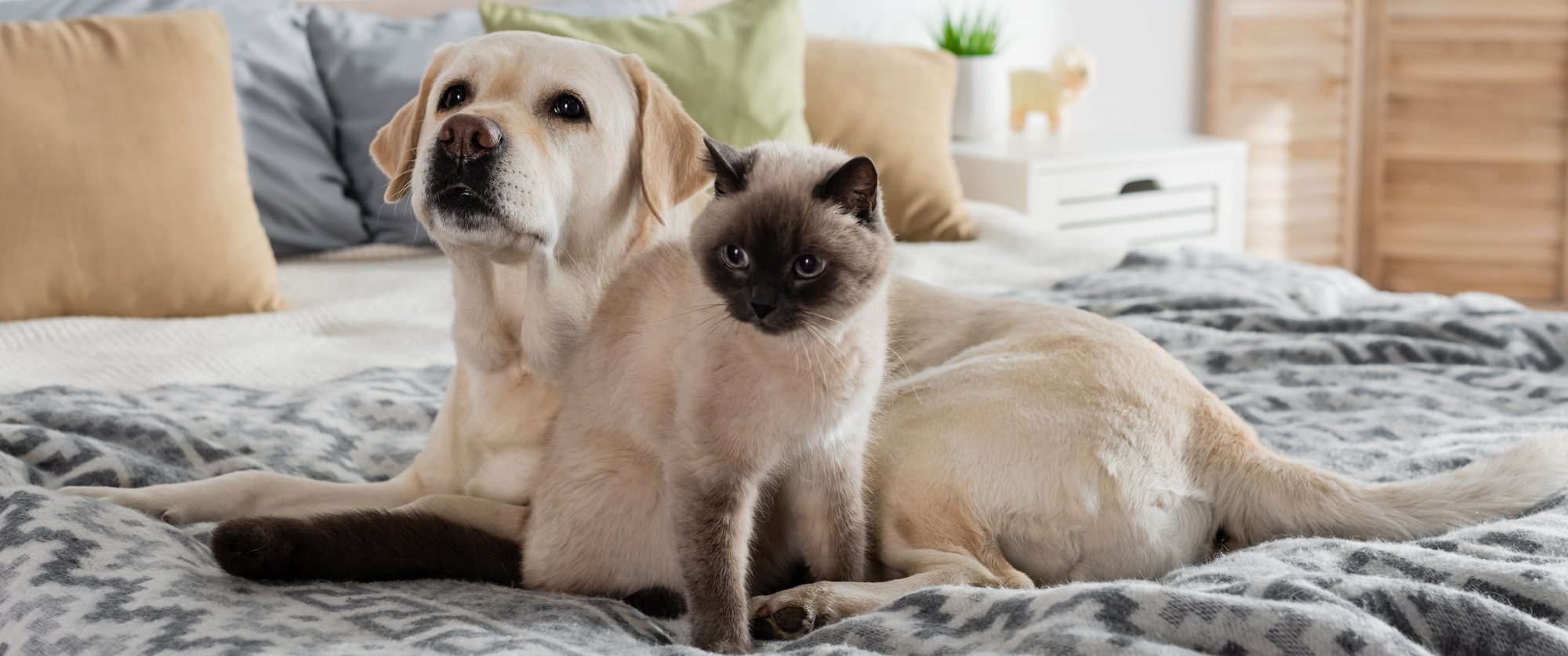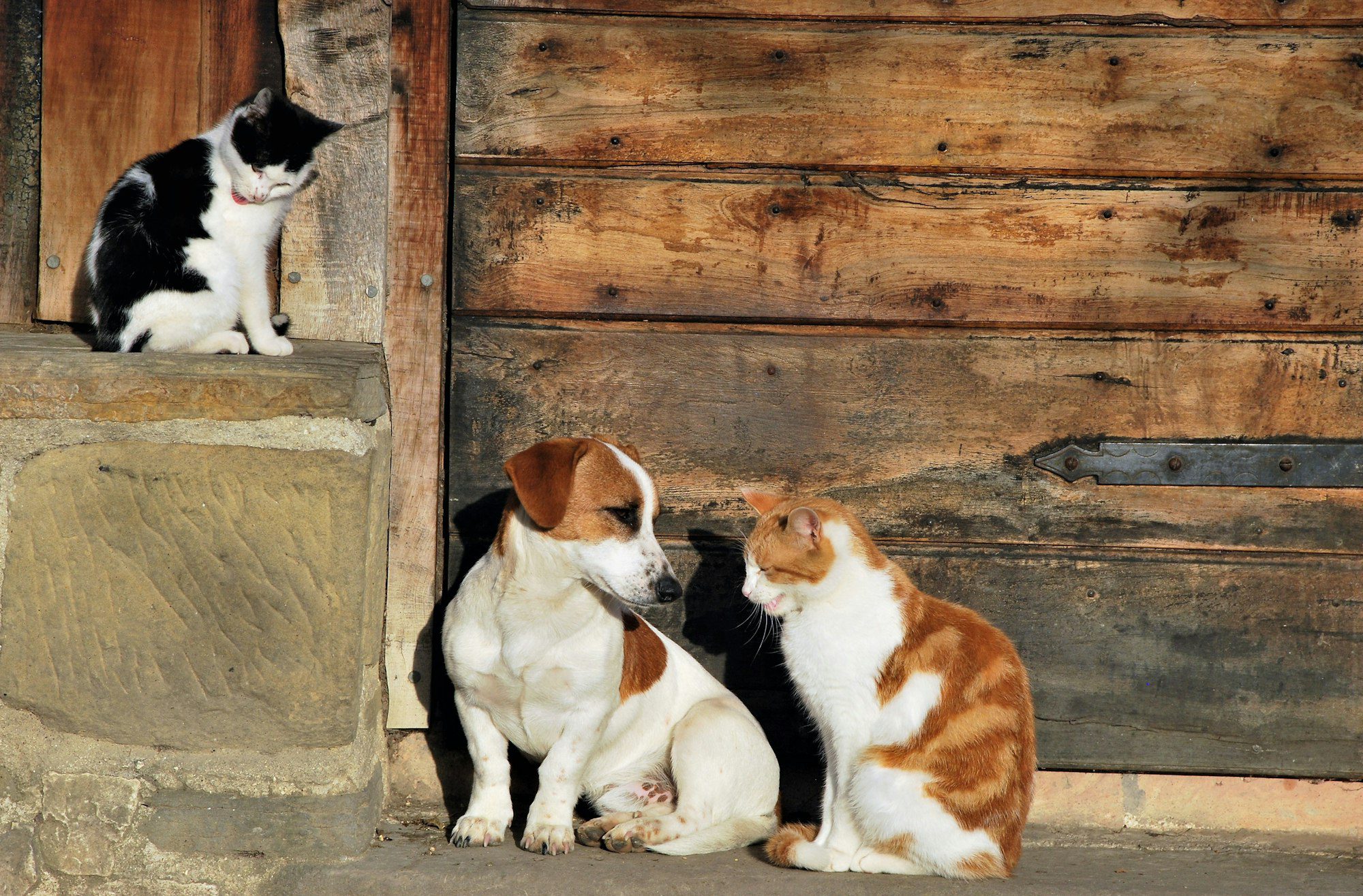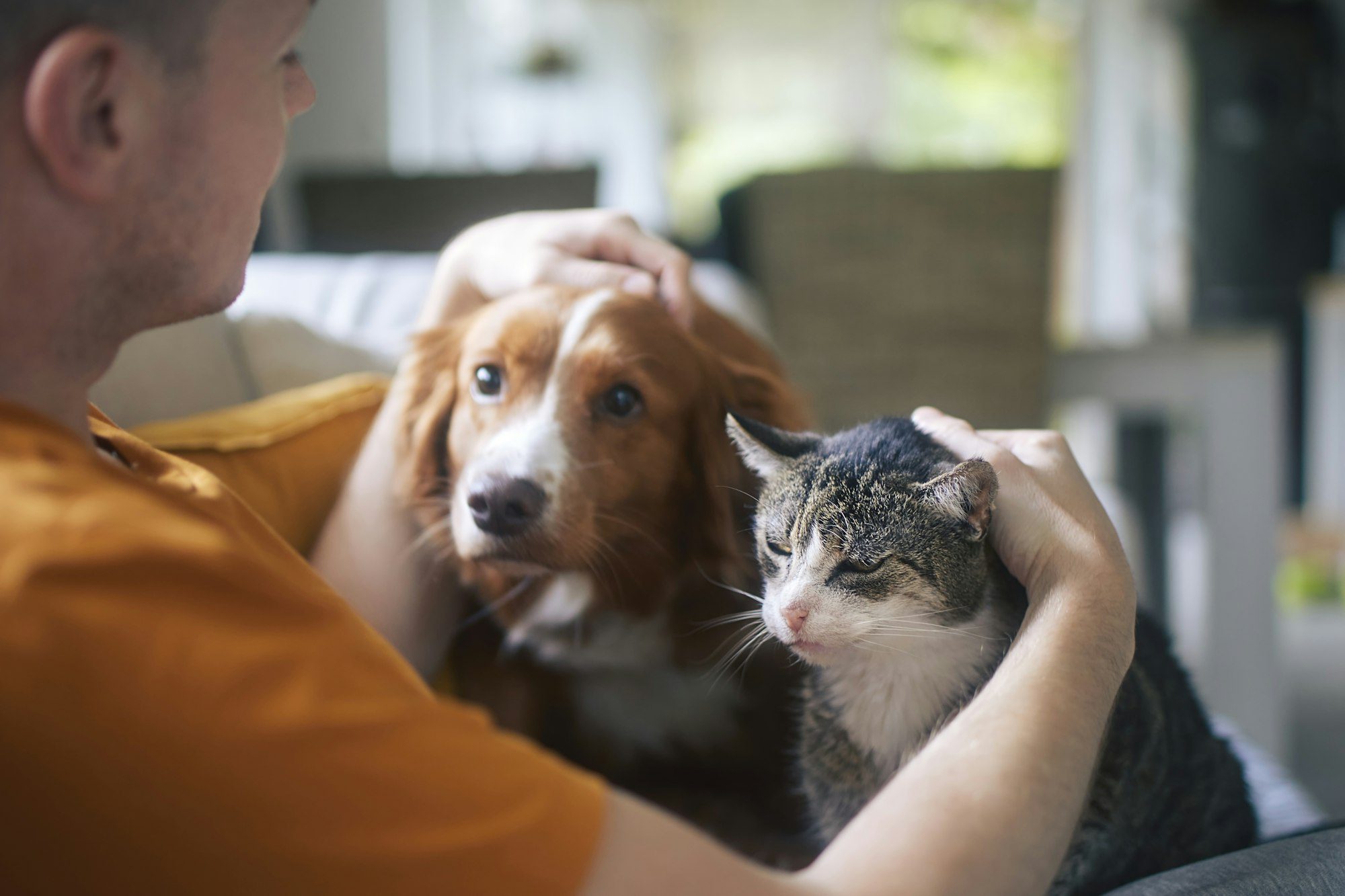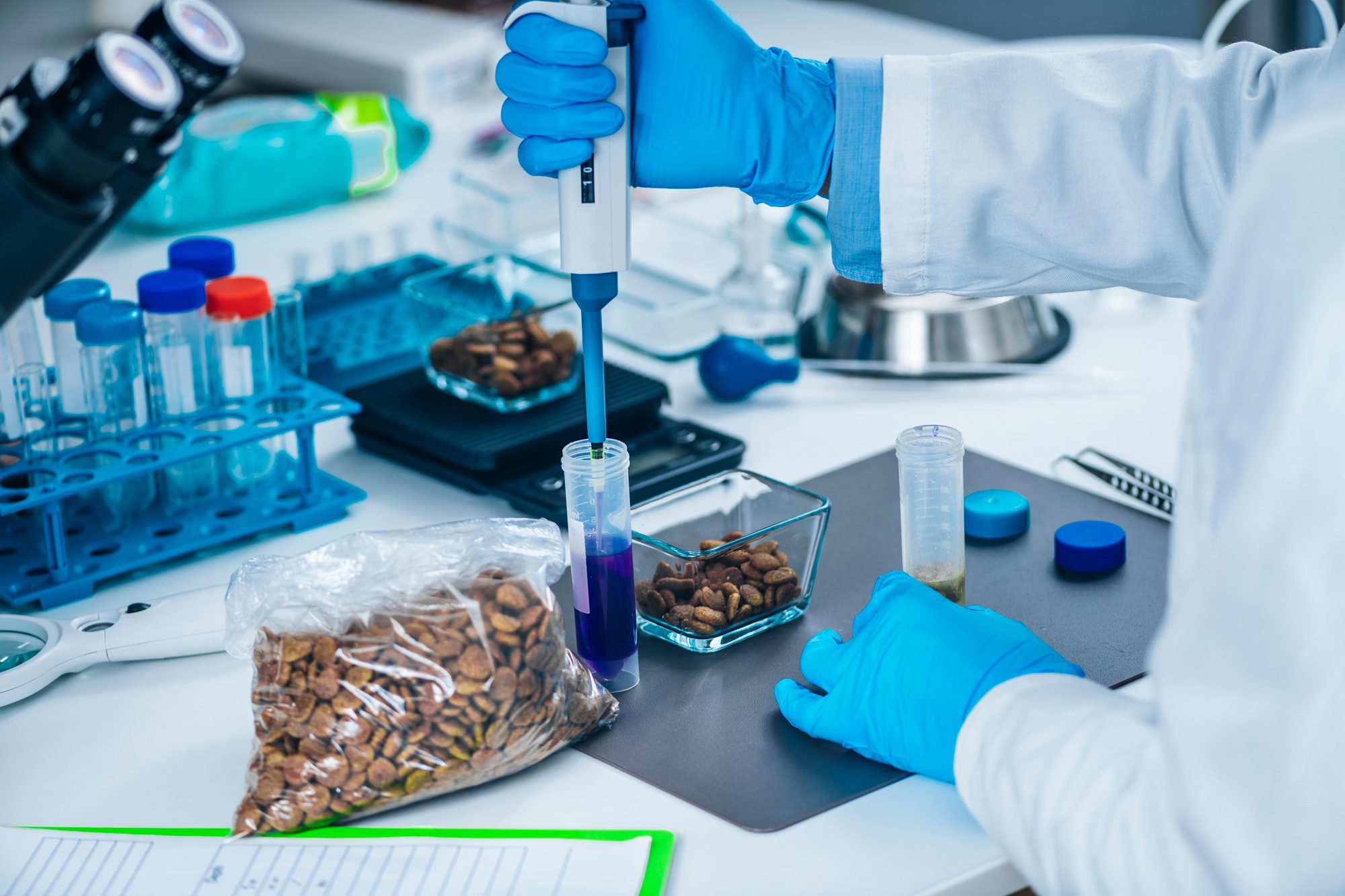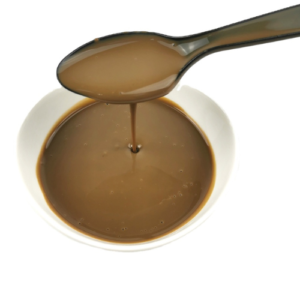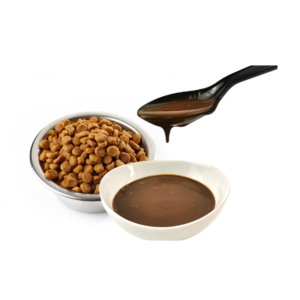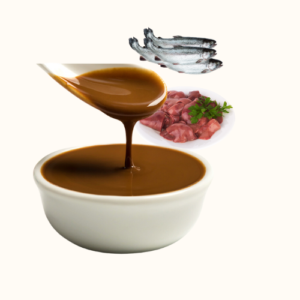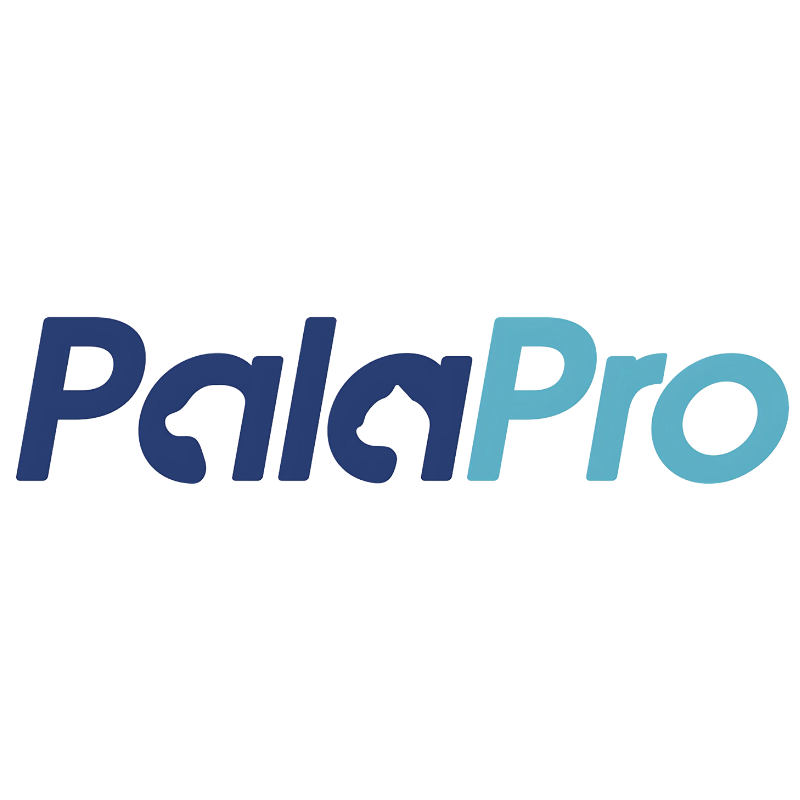The pet food industry is rapidly evolving, with manufacturers and consumers increasingly focusing on packaging solutions that are not only functional but also sustainable. Packaging plays a vital role in preserving the quality of pet food, extending shelf life, and attracting buyers in a competitive market. This blog delves into the latest trends, sustainable options, and practical packaging solutions that are shaping the future of the pet food industry. Let’s explore how these innovations impact manufacturers, retailers, and wholesalers alike, and how they are driving purchasing decisions.
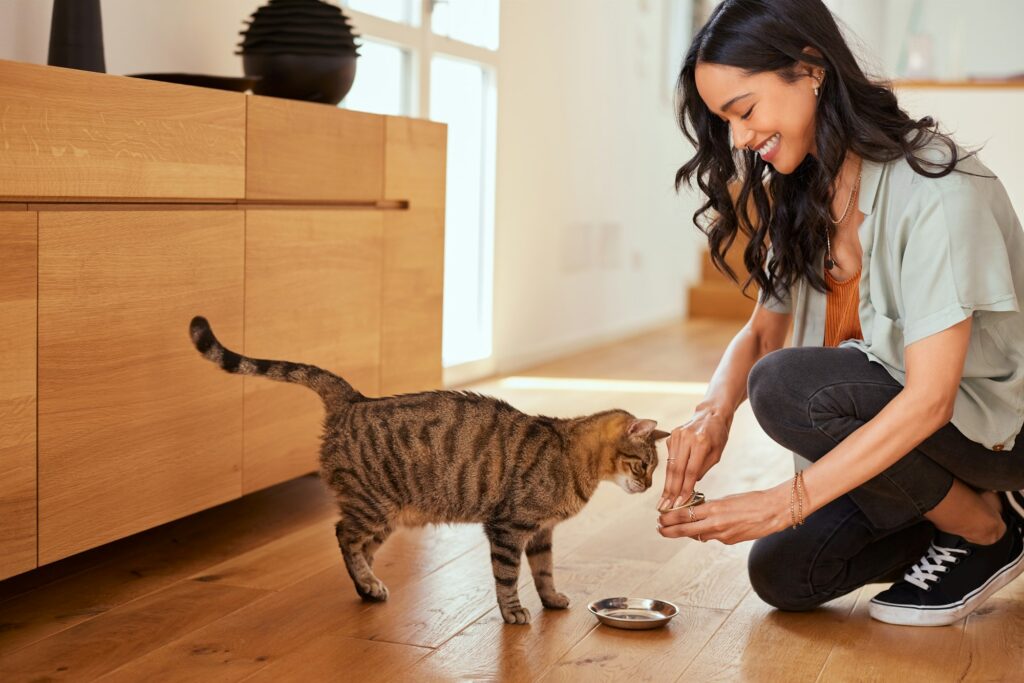
The Importance of Pet Food Packaging
Pet food packaging serves multiple functions:
- Product Protection: Prevents spoilage, contamination, and degradation of quality.
- Convenience: Provides easy storage, handling, and portioning.
- Brand Representation: Acts as a direct communication channel to customers, enhancing brand identity.
- Sustainability: A growing concern for eco-conscious buyers, which reflects the company’s environmental responsibility.
According to a 2023 report from Packaging Insights, packaging quality and design can directly influence consumer purchasing behavior, with more than 65% of customers stating they would pay more for environmentally friendly packaging .

Trends in Pet Food Packaging for 2024 and Beyond
- Sustainable Packaging Solutions Sustainability is no longer a trend; it’s a necessity. As environmental concerns rise, pet food manufacturers are looking to reduce plastic waste, use recyclable materials, and adopt biodegradable or compostable options. The shift toward recyclable bags, paper-based packaging, and flexible pouches has gained traction. Brands like Mars and Nestlé have pledged to reduce their plastic footprint by introducing packaging made from renewable sources.
- Biodegradable Packaging: This is made from plant-based materials like cornstarch or sugarcane, offering a compostable alternative to traditional plastic packaging. For instance, Mars Petcare launched its first compostable pet food packaging in select markets, a move that showcases the industry’s commitment to sustainable innovation .
- Resealable Pouches Convenience-driven innovations, such as resealable pouches, have become increasingly popular. These pouches not only preserve freshness but also allow for portion control, reducing food waste. Flexible pouches are lightweight, cost-effective to produce, and require less material than rigid containers, making them a favorite for both manufacturers and eco-conscious consumers.
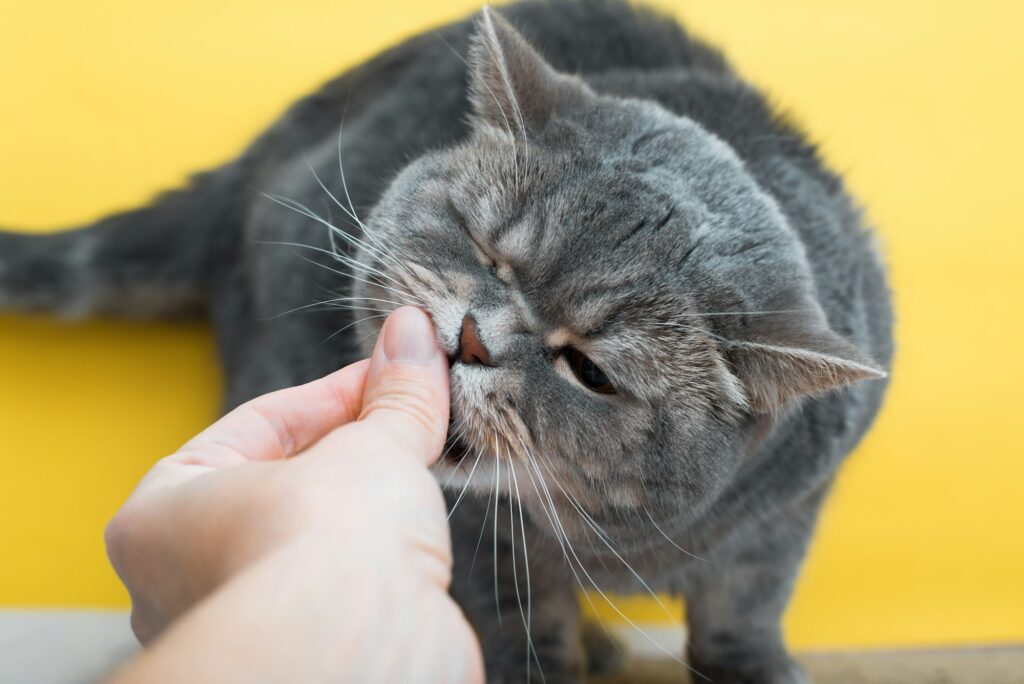
- Smart Packaging The future of packaging goes beyond sustainability—smart packaging is set to revolutionize how pet food is stored and monitored. Technologies like QR codes, RFID tags, and even temperature-sensitive labels are enabling manufacturers and consumers to track product freshness, check ingredient sourcing, and verify product authenticity. These innovations help build trust with buyers and streamline supply chain management.
- Minimalist and Clean Label Packaging With growing demand for transparency in ingredients, pet food packaging has seen a shift toward minimalist designs that reflect clean labels. Brands are moving away from overly busy designs to simple, bold graphics that clearly communicate product benefits, ingredients, and sustainability efforts. This trend appeals to health-conscious consumers who prioritize quality and nutritional information over flashy marketing tactics.
- Smaller Portion Packs Many pet owners prefer smaller, single-serving packs for portion control and convenience, particularly for premium or fresh pet foods. This trend reflects the rise in pet owners seeking customized meal plans for their pets, ensuring that food remains fresh and reducing spoilage.
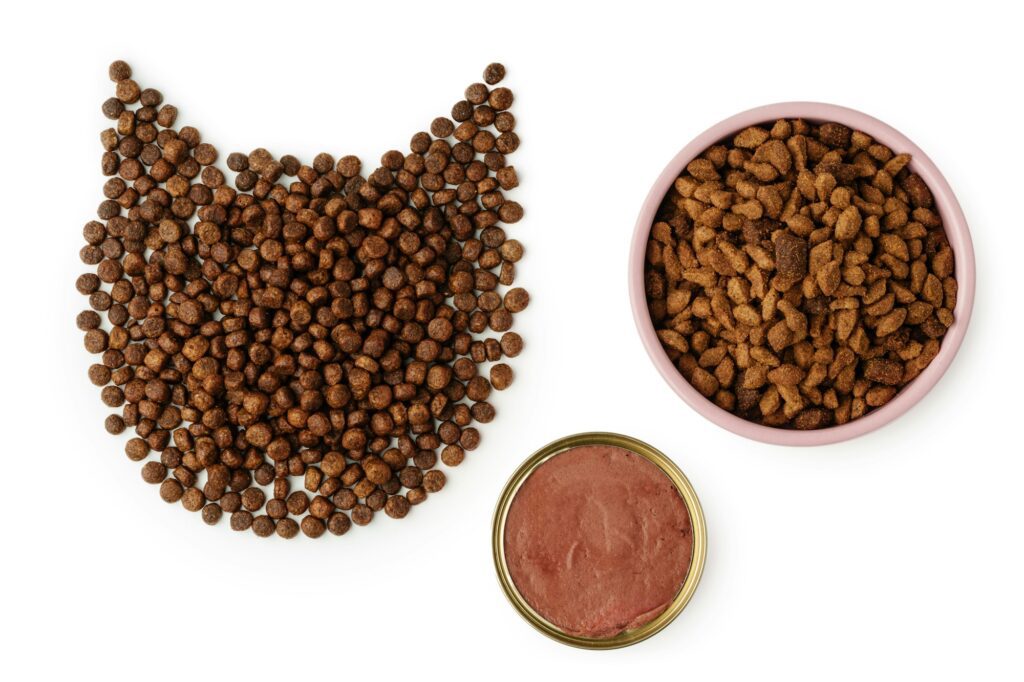
Material Innovations in Pet Food Packaging
- Flexible Packaging Flexible packaging materials, such as multi-layered films and pouches, have become dominant in the market due to their lightweight nature and ability to provide a barrier against moisture, light, and oxygen. These pouches maintain product freshness while reducing material use. Research from the Flexible Packaging Association found that flexible packaging reduces the use of raw materials by 50% compared to rigid alternatives like cans .
- Recycled and Recyclable Materials As consumers and governments push for greener solutions, many pet food brands are exploring post-consumer recycled (PCR) materials. These materials, often made from recycled plastic bottles or cardboard, provide a circular economy solution while retaining the same level of protection and durability as virgin materials.For instance, Nestlé Purina launched packaging made from 90% recycled content in 2023, setting an industry standard for sustainable packaging in the pet food market .
- Compostable and Biodegradable Packaging Compostable packaging is becoming more common, especially for smaller or niche brands. Made from materials such as polylactic acid (PLA) and starch blends, these biodegradable packages break down in composting environments, reducing their environmental impact. This is especially appealing for consumers who are highly concerned about the long-term effects of plastic on the environment.
Regulatory Considerations
As sustainability becomes a top priority for packaging, pet food manufacturers must also comply with strict regulations governing the materials and labeling used for packaging. The FDA and USDA oversee packaging materials used in food products, ensuring they are safe for both pets and the environment.
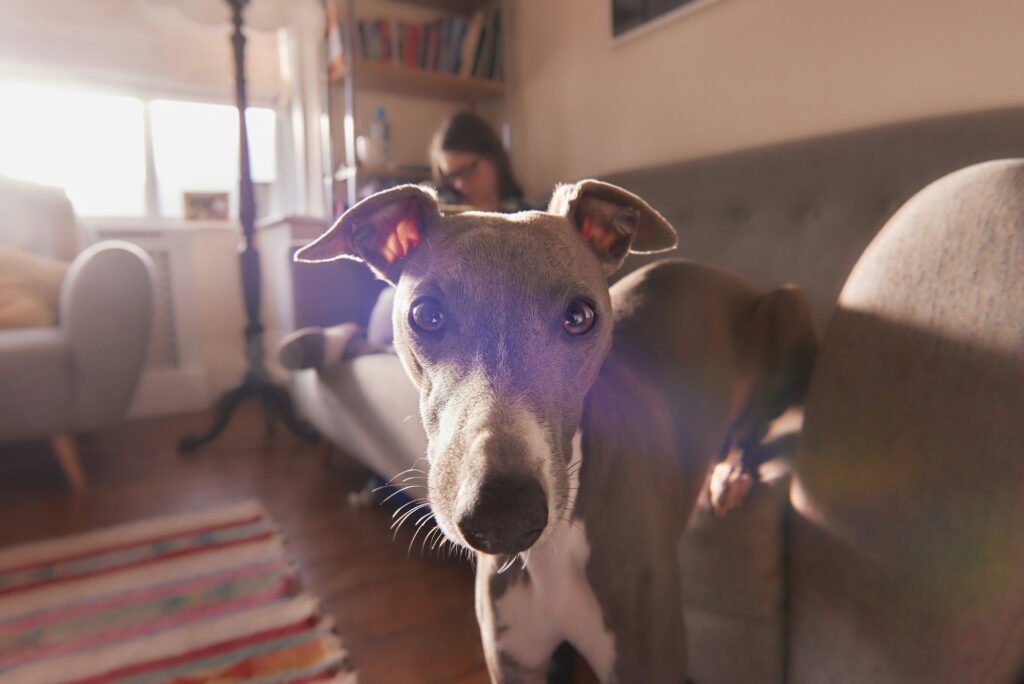
The European Commission’s Green Deal has also placed stringent requirements on plastic waste reduction, with many countries implementing taxes on plastic packaging. As a result, pet food manufacturers exporting to international markets must consider these regulations when selecting packaging materials.
Packaging’s Role in Marketing and Branding
Packaging is often the first point of contact between a brand and the consumer. A well-designed package can communicate a brand’s values, commitment to quality, and sustainability efforts. It can also convey important product information such as nutritional content, feeding guidelines, and certifications like organic or non-GMO.
According to a 2022 survey conducted by the Pet Food Industry Association, 74% of consumers stated that clear, concise labeling was one of the most critical factors in their purchasing decisions . As pet owners become more educated about their pets’ dietary needs, packaging that clearly conveys health benefits and ingredient transparency becomes a powerful marketing tool.

The Future of Pet Food Packaging
Looking ahead, the future of pet food packaging is set to align even more closely with environmental goals and consumer expectations. Circular packaging, where materials are reused in a closed loop, could become the new norm. The integration of smart technology that allows consumers to interact with packaging to access product information, promotions, and even subscription services is also on the rise.
Additionally, with increased consumer interest in premium and fresh pet foods, manufacturers will need to innovate new packaging solutions that ensure food safety, extended shelf life, and freshness without compromising sustainability.
Conclusion
The pet food packaging industry is undergoing significant transformation, driven by consumer demand for sustainability, convenience, and transparency. Brands that adopt innovative and eco-friendly packaging solutions will not only appeal to a growing base of environmentally conscious consumers but will also strengthen their position in a highly competitive market.
By embracing new technologies, recyclable materials, and functional designs, pet food manufacturers can ensure they meet the evolving needs of both pets and their owners, while reducing their environmental footprint.
SEO Meta Description: Discover the latest trends and sustainable solutions in pet food packaging, including recyclable, biodegradable, and smart packaging innovations for 2024 and beyond.
References
- Packaging Insights (2023). “Sustainability in Pet Food Packaging.”
- Flexible Packaging Association (2023). “The Shift Toward Lightweight and Eco-Friendly Packaging.”
- Pet Food Industry Association (2022). “Consumer Trends in Pet Food Packaging.”
